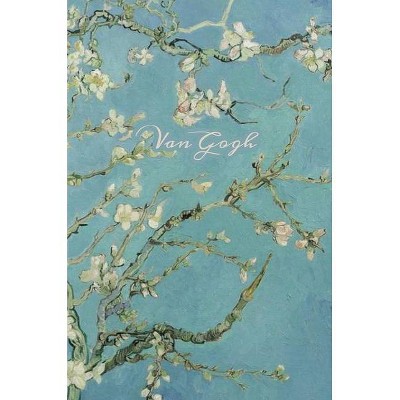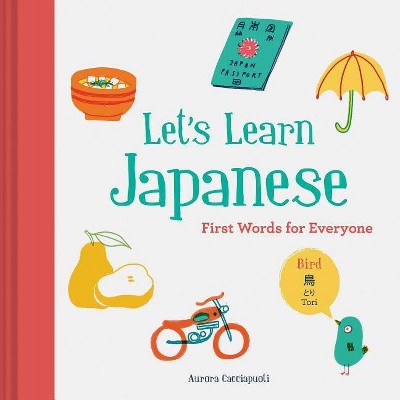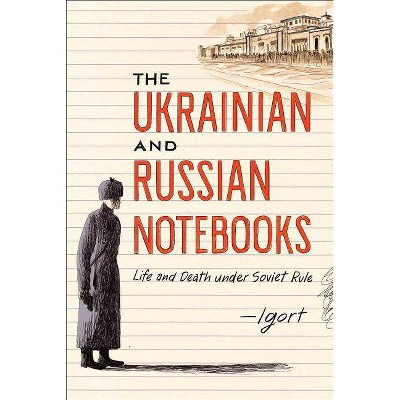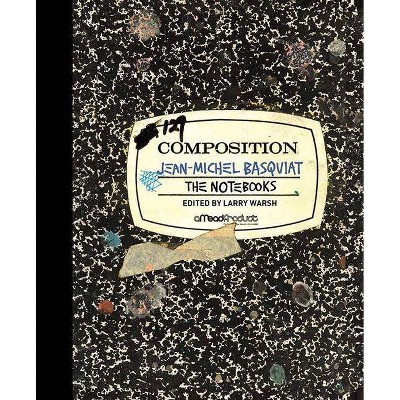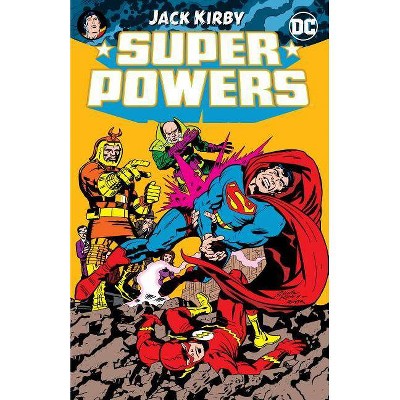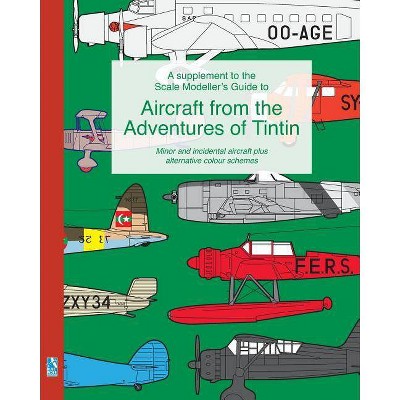Japanese Notebooks - (Hardcover)

Similar Products
Products of same category from the store
AllProduct info
<p/><br></br><p><b> About the Book </b></p></br></br>"First published in Italy in 2015 by Coconino Press."--Colophon.<p/><br></br><p><b> Book Synopsis </b></p></br></br>Japan is a place of special fascination for the acclaimed international comics creator Igort, who has visited and lived there more than 20 times, and worked in the country's manga industry for more than a decade. In this masterful new book--part graphic memoir, part cultural meditation--Igort vividly recounts his personal experiences in Japan, creating comics amid the activities of everyday life, and finding inspiration everywhere: in nature, history, custom, art, and encounters with creators including animation visionary Hayao Miyazaki. With beautifully illustrated reflections on subjects from printmaking to Zen Buddhism, imperial history to the samurai code, Japanese film, literature, and manga, this is a richly rewarding book for anyone interested in Japan or comic arts practiced at the highest level.<p/><br></br><p><b> Review Quotes </b></p></br></br><br><b>Starred Review</b> Mixing detailed sketches and delicate watercolors with occasional historic photographs and pen-and-ink portraits of the people he worked with, the resulting collection is less a complete story and more a conversation with the reader, complete with humorous anecdotes, tangential asides, and the occasional rant about how insane the workload is in Japan compared to what artists are expected to produce in Europe. Throughout the narrative runs a deep respect for the country and its customs. He draws inspiration from its poets and philosophers, its artists and courtesans, its temples and its skyscrapers... <b>A captivating glimpse into the mind of an artist.</b> <br>-Booklist<br><br><b>2016 Virginia Library Association Graphic Novel Diversity Award Adult Honor Book</b><br>[A]n excellent example of a relationship between the American/western graphic history and Japan's manga/graphic history. The play back forth between the two show the differences and similarities between the two worlds. . . . Aesthetically, the book pushes the medium to the height of its potential.<br><br>As a graphic novelist, I obviously can't get enough of books about what it feels like to be a cartoonist, and this is a high point in that pantheon; Igort's memoir is a rich, complicated meditation on art, cultural infatuation and the seen versus the remembered, all told in a collage of words, images, diagrams, photographs, history, ideas, feelings-and most surprisingly-of conflict.<br>--Chris Ware<br><br>Drawn with precise yet densely lavish style, it balances comic interludes, stranger-in-a-strange-land parables, and side essays on notable writers, filmmakers, and madmen. It's an almost overpoweringly lush book that manages to simultaneously romanticize a foreign culture and lampoon that romanticization.<br> (Nine Graphic Novels You Should Be Reading Right Now), Boston Globe<br><br>His self-portrait takes the form of a series of notebooks; there is an unfinished quality to them that enhances the intimacy of the reading experience, and the muted tones he uses for the colour reproductions make you feel as if you're looking back in time. <br>-<i>The Times Literary Supplement</i><br><br>In this pleasantly meandering graphic album, Italian cartoonist Igort (The Ukrainian and Russian Notebooks) collects his scattered impressions of Japan, stitching together short stories, essays, and samples of the comics he drew for manga publisher Kodansha while living in Tokyo. As a foreign-born manga artist, he's put through the rigors of the true manga-ka lifestyle, including the time-honored ritual of being shut in a hotel room by his editors-under house arrest-until he meets his deadlines. He talks art with renowned creators Yoshihiro Tatsumi and Jiro Taniguchi and discovers WWII-era manga and anime. Igort is enamored of all things Japanese, writing, I had convinced myself and my editors at Kodansha that I was Japanese in a past life. If this rose-colored view is a touch naïve, Igort's warmly colored art, combining the elegant clear line of European comics with the expressive simplicity of manga and a touch of ukiyo-e, goes a long way toward selling his vision.<br>-<i>Publishers Weekly</i><br><br>Over more than three decades, the Italian cartoonist who goes by the single name Igort has written and drawn fictional, historical, biographical and experimental books, relatively few of which have been translated into English. JAPANESE NOTEBOOKS: A Journey to the Empire of Signs (Chronicle, $29.95) is partly a remembrance of his experience working in the Japanese comics industry, and mostly an extended meditation on his long, deep fascination with Japan and its art. (As the subtitle suggests, it owes a bit to Roland Barthes's own book about Japan, Empire of Signs.) It's a loose chain of commentaries on bits of Japanese culture that have made an impression on him - the films of Seijun Suzuki, the life story of the murderer Sada Abe, discrimination against the burakumin caste, the national fascination with chrysanthemums - illustrated with exquisite pen-and-watercolor images that filter iconic Japanese imagery through the visual techniques of European comics.<br>Those observations are peppered by stories of Igort's personal links to Japan, where he's been unusually successful for a Western creator since the early '90s, when he got a job drawing comics for the publishing company Kodansha. (He tells the story of how his initial meeting there went on for three and a half hours: He didn't realize that it was his role to end it, and so his editor raised his rate three times, thinking that Igort was subtly negotiating.) His editors, he notes, told him that they were honored to work with you, who in turn, in your previous life, were Japanese. That's the deepest longing of any cultural outsider, and like many such outsiders, Igort is particularly attached to the aspects of the country that are gone or vanishing. In the book's afterword, he relates a dream in which his translator imagined him as a high-class woman of a certain age in a kimono shop in the early 1900s. Such fantasies rarely involve being, say, a burakumin, but Igort's drawings of that posh, tidy vision are beautiful enough to get away with it. <br>-The New York Times<br><br>This is a dense and digressive book. Short, but scholarly musings on Japan's strict class system and the everpresent iconography of the chrysanthemum sit comfortably alongside tributes to pop-culture icons such as Isao Takahata, Hayao Miyazaki, Shigeru Mizuki and Seijun Suzuki - all rendered in a flexible style that is part comics, part illustrated essay.<br>-SciFiNow Magazine (UK)<br><br>What is most interesting about this book though is that while it is technically a graphic novel filled with wonderful artwork, that's not the primary draw of the book. The biggest draw of this book is actually the stories that are told within the pages. If you have ever expressed interest in living and working in Japan, you owe it to yourself to check out this book and learn a little bit about what it's like from someone who actually took the plunge.<br>-ICv2<br><br>With evident enthusiasm, <i>Japanese Notebooks</i> describes an artist's journey to Japan, from Igort's arrival in 1991 with the preconceptions of an outsider to his discoveries both artistic and personal over many return encounters.<br>--David Mazzucchelli<br><br>7 out of 10 stars The book is lavishly illustrated throughout, coloured in watercolour for the most part with the art sometimes switching between his normal more Westernised style, a traditional flatter Japanese style and the Manga style embraced in the comics. <br>Overall, it's an insightful book, giving an insider's view of working in an industry where you are, by definition, an outsider. It's a fascinating glimpse into the traditions of Manga, and a thoughtful meditation on Japanese culture.<br>-Starburst Magazine<br><p/><br></br><p><b> About the Author </b></p></br></br>Igort is an award-winning and <i>New York Times</i>-bestselling graphic novelist. He lives in Paris and his native Sardegna.
Price History
Price Archive shows prices from various stores, lets you see history and find the cheapest. There is no actual sale on the website. For all support, inquiry and suggestion messagescommunication@pricearchive.us


